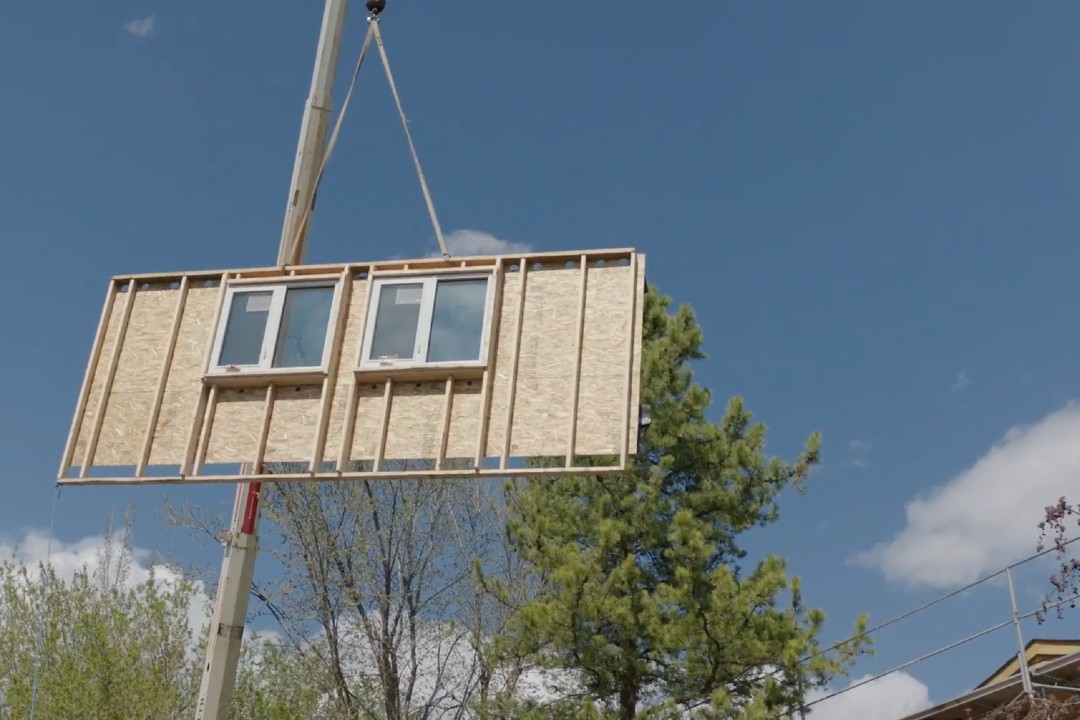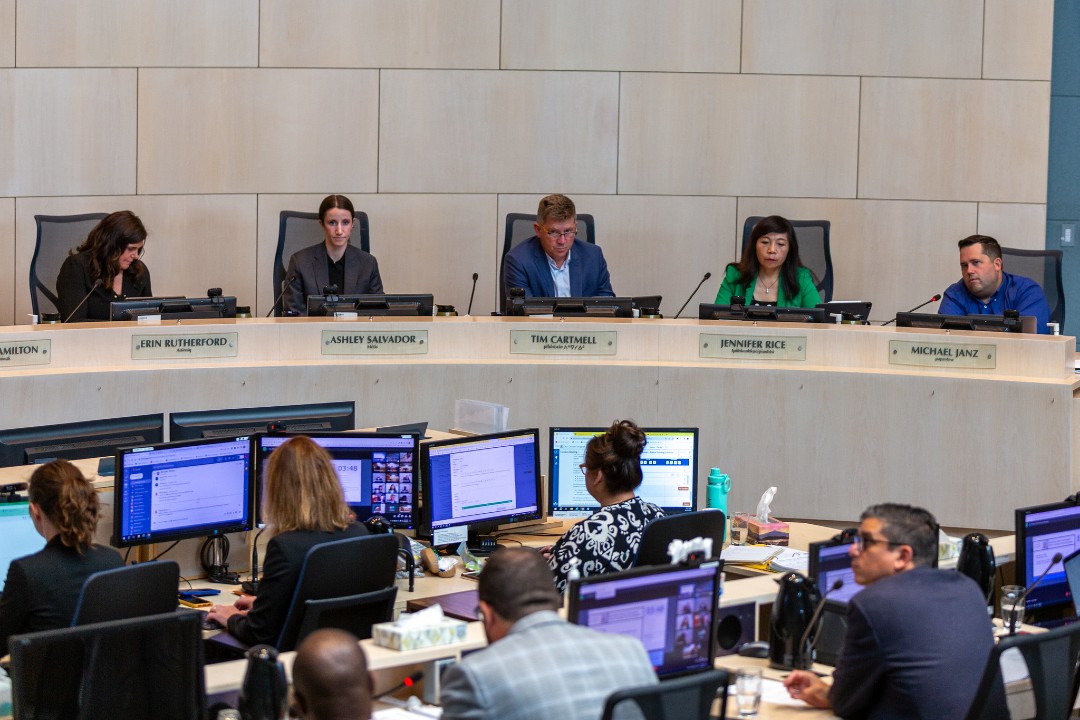
Building event showcases innovations that cut emissions
The Smart Sustainable Resilient Infrastructure Association is showcasing innovations from Alberta's building industry at a Nov. 19 showcase event, including one company from the region that uses local hay to increase efficiency.
Broadly speaking, the building industry has been slower to innovate than others, and its innovations can be less apparent when it does, Pamela Goertzen, executive director of SSRIA, told Taproot.
"Some people that are used to seeing innovation in other industries might think, 'Oh, is that really innovative?'" Goertzen said. "It's not really high tech. It's not a gadget."
The SSRIA's latest project showcase will highlight five graduates of its business growth program, which is a partnership with Foresight Canada, a support organization focused on climate change. One is Savick Inc., based in Leduc. The company manufactures pre-fabricated wall, floor, and roof panels that use hay for the insulation and local lumber for the frame.
While innovations in the building industry may lack the sheen of artificial intelligence or extended reality, the SSRIA and the Alberta Ecotrust Foundation nonetheless see them as vital to tackling climate change. The Ecotrust, which collaborated with the SSRIA on a knowledge-sharing tool called ENBIX, regularly cites that between 40% to 60% of emissions in Edmonton and Calgary come from their buildings.
Goertzen said challenges that limit building retrofits to improve energy efficiency and, therefore, emissions, include a lack of knowledge-sharing across the industry, and cost. That's a reason why the organization funds the project showcases, which deeply examine real-world case studies to allow builders to learn.
A recent project showcase is on deep retrofitting (a big-picture approach to energy efficiencies for buildings) performed by Butterwick Projects, Retrofit Canada, and Logan Gilmore. The latter used drone-based photogrammetry (the use of photography in surveying and mapping to measure distances between objects) to help the partners retrofit three single-family homes with pre-fabricated panels as well as to make aesthetic changes.
"One of the things that we were trying to understand with the project is how to reduce the cost of retrofitting so that it's a little bit more within the reach of the masses," Goertzen said.
Goertzen estimates the average price to retrofit a home can run between $50,000 to $100,000. But that figure is deeply influenced by what a homeowner chooses to do during the energy retrofit, she added.
When a homeowner is renovating from tip to tail, she said, it's natural for them to want to address more than energy use, adding to the overall cost. Real-world examples of such cost additions on energy projects include one where an owner also added a full wrap-around porch. Goertzen said the building industry can't tell people what to want, but it can provide insight. "I think the best thing we can do is keep educating the market and help them understand and maybe look differently at how they place value on their largest asset, which is their home."




